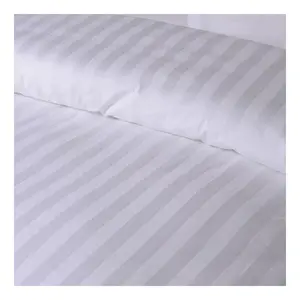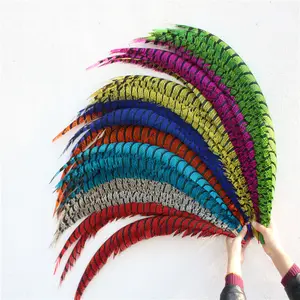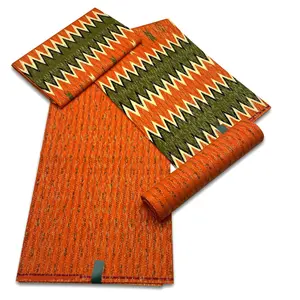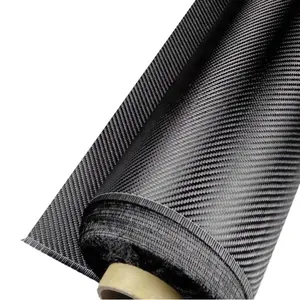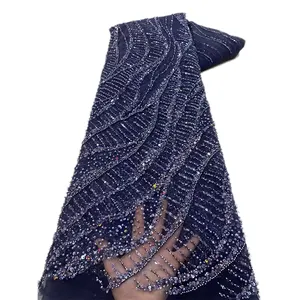Popular in your industry























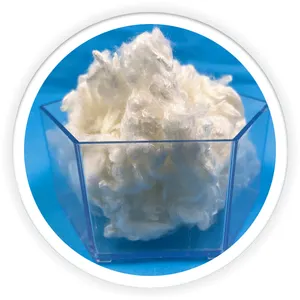

































































































































































































Top categories
About silk fiber
What are Silk Fibers
Silk fiber is a natural protein fiber, primarily composed of fibroin, that is spun by silkworms as they construct their cocoons. This delicate and beautiful material has been treasured for thousands of years for its softness, sheen, and luxurious feel. Silk fibers are highly sought after in the textile industry for their strength, resilience, and hypoallergenic properties, making them ideal for a wide range of applications from clothing to home furnishings.
The process of producing silk fibers begins with the cultivation of silkworms on a diet of mulberry leaves. Once the worms form cocoons, the silk is carefully harvested through a process called reeling, where the long continuous filaments are unwound from the cocoon. These filaments can then be spun into silk thread or yarn and woven into fabric. The unique molecular structure of silk allows it to refract light at different angles, giving it a natural shimmer and making it highly valued in fashion and design.
Silk fibers are used by various industries, including fashion, interior decorating, and even in medical applications due to their biocompatibility. Their natural properties include being breathable, moisture-wicking, and temperature-regulating, which adds to their desirability in creating comfortable and luxurious products. For businesses in the textile sector or those specializing in high-quality garments and accessories, silk fibers represent an essential commodity that contributes to the creation of premium products.
Types of Silk Fiber
Silk fiber comes in several varieties, each with distinct characteristics and uses:
Mulberry Silk: This is the highest quality of silk available, made from silkworms that are fed exclusively on mulberry leaves. It is renowned for its fine texture and lustrous finish. Commonly used in the production of high-end clothing and bedding, mulberry silk is synonymous with luxury.
Tussah Silk: Also known as 'wild silk', this type is produced by silkworms that are not bred in captivity and therefore have a diet that varies from that of the mulberry silkworm. Tussah silk fibers are typically thicker and less lustrous than mulberry silk but offer a more textured look which is valued for certain garment designs and decor applications.
Eri Silk: Eri silk is made from the caterpillars of Samia ricini which feed on castor leaves. It has a creamy white appearance and is often referred to as 'peace silk' because the process of harvesting the fiber does not kill the moth. Eri silk has a cotton-like feel and is commonly used for shawls, quilts, and other products where a softer texture is desired.
Muga Silk: Native to India's Assam region, Muga silk is known for its natural golden color which doesn't fade over time. It's less common than other types of silk and has a strong durability that makes it suitable for products like traditional Indian garments that need to withstand frequent wear.
Each type offers unique qualities that cater to specific preferences or functional requirements in textile production.
How to Choose Silk Fiber
When selecting silk fiber for business needs, buyers should consider several factors to ensure they procure the right type for their specific requirements:
Type of Silk: As mentioned earlier, each silk variety has unique properties. Businesses should choose based on the intended end-use—mulberry for luxury goods, tussah for textured fabrics, eri for softness without harming moths, or muga for its durability and unique color.
Material Quality: The quality can affect durability, sheen, texture, and feel. High-end fashion or luxury bedding might require top-grade mulberry silk while more casual applications could use lower grades or mixed materials.
Pattern & Style: Depending on current market trends or customer preferences, buyers might opt for solid-colored silks or those with striped or plaid patterns. The style should align with the brand image—simple for minimalist designs or luxury for high-end markets.
Eco-Friendliness: More businesses are prioritizing sustainability. Eco-friendly options such as organically produced or recycled silk fibers may appeal to environmentally conscious consumers.
Technics & Supply Type: Buyers should consider whether woven or handmade techniques suit their product line better and if they need an in-stock item or if they can wait for production times associated with custom orders.
By taking these factors into account alongside business-specific needs such as budget constraints and target demographics, businesses can make informed decisions when purchasing silk fibers on B2B platforms like Alibaba.com.
Best Silk Fiber on Alibaba.com
Alibaba.com stands out as an exemplary marketplace that connects businesses with an extensive range of wholesale silk fiber suppliers from across the globe. The platform facilitates easy access to a multitude of options catering to various business needs—be it fashion designers seeking luxurious mulberry silk or interior decorators looking for robust muga silks. With suppliers offering features such as anti-wrinkle, eco-friendly, breathable fabrics in styles ranging from simple to luxury patterns, Alibaba.com ensures that businesses find exactly what they're looking for.
The website's user-friendly interface simplifies the search process by allowing buyers to filter options based on material type like 100% mulberry silk or blended compositions; technics like woven; styles; colors; and even special features like anti-bacterial or quick-dry properties. This tailored approach streamlines sourcing procedures significantly.
Furthermore, Alibaba.com’s commitment to facilitating global trade is evident through services such as Trade Assurance which safeguards payments until delivery fulfillment ensuring peace of mind for buyers. By choosing Alibaba.com's vast network of reliable suppliers, businesses can confidently acquire high-quality silk fibers necessary to produce exceptional products while enjoying comprehensive support throughout their purchasing journey.
Common FAQs for Silk Fiber
What Are the Main Types of Silk Fiber Available for Businesses?
Mulberry, Tussah, Eri, and Muga are the main types of silk fiber available. Each has unique characteristics such as texture, sheen, and durability that cater to different business needs.
How Can the Quality of Silk Fiber Affect My Product Line?
The quality of silk fiber can impact the durability, appearance, and feel of your products. Higher quality silk typically offers a finer texture and lustrous finish, which is essential for luxury goods.
What Should I Consider When Choosing a Silk Fiber for Home Furnishings?
For home furnishings, consider silk fibers that are durable, have a high sheen, and are breathable. The choice may also depend on whether the furnishings are purely decorative or subject to regular use.
Are There Eco-Friendly Silk Fiber Options Available?
Yes, eco-friendly silk fiber options include organically produced silk and recycled silk fibers. These options appeal to businesses aiming to meet the demand for sustainable products.
How Does the Production Technique Affect Silk Fiber?
The production technique, whether woven or handmade, can affect the texture and appearance of the final fabric. Woven techniques often result in smoother fabrics while handmade may offer a more unique or artisanal look.
Is It Possible to Find Hypoallergenic Silk Fibers?
Silk fibers are naturally hypoallergenic, making them suitable for products designed for customers with sensitive skin or allergies.
Can I Purchase Customized Silk Fibers on Alibaba.com?
While Alibaba.com is a platform for connecting with suppliers who may offer customization options, it is important to communicate with suppliers directly regarding specific customization requests.
What Style Options Are Available in Silk Fibers?
Silk fibers come in styles ranging from simple solids to luxury patterns. The style chosen can set the tone for your product line and align with your brand image.
How Do I Choose Between Solid-Colored Silks and Patterned Silks?
Choose based on current market trends, customer preferences, and the intended use of the final product. Solid-colored silks tend to be more versatile while patterned silks can add visual interest to a product line.
What Features Should I Look For in Silk Fibers for Clothing?
For clothing, look for silk fibers that are breathable, moisture-wicking, and have features like anti-wrinkle or quick-dry properties to enhance the comfort and practicality of garments.
How Important Is the Color Fastness of Silk Fiber?
Color fastness is crucial in ensuring that the colors of your silk products remain vibrant after washing and exposure to light. It's an important quality indicator for long-lasting apparel and furnishings.
What Are Some Common Use Cases for Different Types of Silk Fiber?
Mulberry silk is often used in luxury garments and bedding; Tussah silk is ideal for textured fabrics; Eri silk is favored for its softness in products like shawls; Muga silk is durable and used in traditional Indian garments.
Can Silk Fibers Be Used in Medical Applications?
Silk fibers are biocompatible and have been used in various medical applications ranging from sutures to tissue engineering due to their strength and natural properties.
